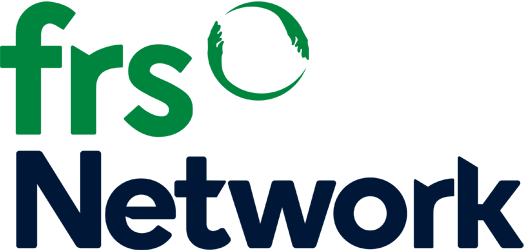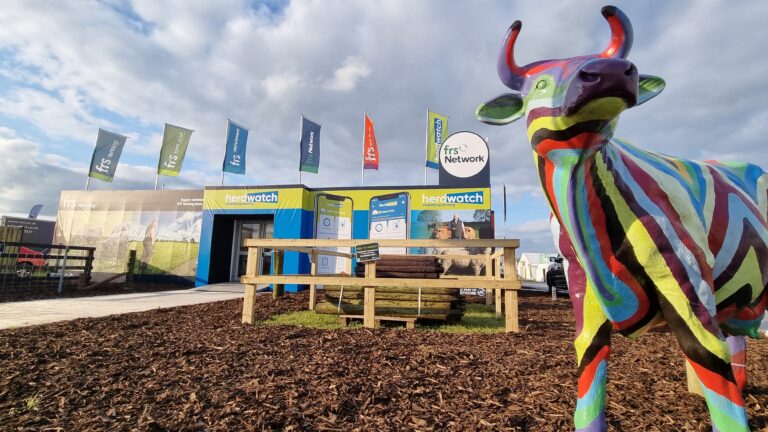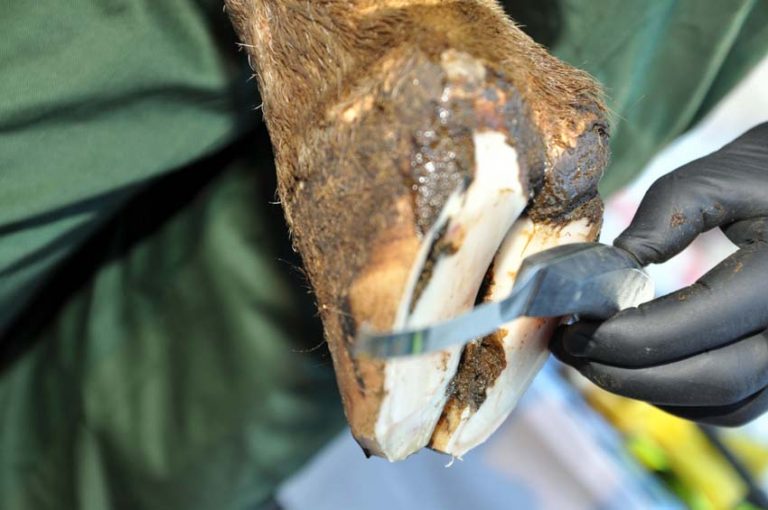In response to the recent measures taken by the government to encourage people to stay at home as part of the wider COVID -19 pandemic, we are aware that some people may see this as an opportunity to do jobs that have been put on the long finger. Our message is if you have plans to work with chainsaws for cutting and clearing please keep safety top of your mind and follow our tips below.
Farmers, farm workers, contractors, gardeners and those undertaking outdoor DIY jobs need to safeguard their safety when operating chainsaws. Those of you who may only use chainsaws occasionally and lack the training, experience and knowledge required for certain tasks please think twice before tackling a job. Chainsaws are extremely dangerous and should only be used by suitably trained and competent persons.
Working with chainsaws – safety tips:
• No-one should operate a chainsaw without receiving adequate training
• If left handed you must learn to use the chainsaw right handed
• Keep the saw close to the body when in use
• Keep the thumb of the left hand under the front handle at all times
• Avoid cutting with the upper nose of the guide bar
• Use full throttle when making a cut
• Use the chain break as intended
• Do not overreach or cut above shoulder height
• Always wear the proper PPE when using the saw and ensure your helper does also
• Do not work alone
• The bar on the saw should be as short as possible in length for most farm jobs (ideally no longer than 13 inches).
• Ensure all the safety features on the saw are in good working order and maintained
• The chainsaw is a very hazardous implement and should never be used by an inexperienced person
• Keep the correct tension on the chain at all times
• Sharpen the saw when it needs it – not when it suits you
• Use a round file in a file holder, never use a grinding tool as it heats up the chain
• Clean out the saw at the end of a days work
• Use accurate methods when mixing fuel and oil
Personal Protective Equipment (PPE):
Suitable protective equipment must be provided and worn regardless of the job size in order to protect those parts of the body susceptible to injury. All equipment should conform to the relevant European or British Standards.
Chainsaw PPE should include:
• Safety Helmet
• Ear Defenders / Protectors
• Safety Boots
• Safety Visor
• Chainsaw Gloves
• Chainsaw Pants
The most recent Teagasc National Farm Survey has indicated that roughly 6.5% of all injuries in the Agriculture & Forestry sector are chainsaw or wood related. They have also indicated that approximately 120 serious injuries occur from chainsaw related activities each year.
There are many high-risk hazards associated with the chainsaw and unfortunately many people can take these for granted and have suffered the consequences. Risk of accidents can be greatly reduced by getting training, following strict chainsaw safety guidelines, and wearing proper Personal Protective Equipment (PPE) at all times.
We would recommend that if you are getting someone in to work with a chainsaw ensure you and them are covered by the required insurance and check if you are in doubt. It is important that you follow all the above safety requirements and are aware that anyone felling trees need to be fully trained and certified.
For more information on working with chainsaws and safety tips, you can consider a training course.
The FRS Chainsaw Safety and Maintenance (non tree felling) Course Covers:
• Common chainsaw accidents and discussion on how to prevent these accidents
• Safe operation procedures of chainsaws
• Practical session on chainsaw maintenance and operations
• Cleaning the saw
• Checking safety features
• Replacing chain
• Maintenance to chain bar
• Fueling saw, mixing fuels, selection of oils
• Replacing parts
• Sharpening chain
• Tightening and setting the chain
• Using Personal Protective Equipment (PPE) – Required standards and specifications
• Use of the saw and various types of cuts
• Care of the saw in transport and storage
• Your questions answered
For more FRS Network News click here.
For FRS Training Updates click here.




